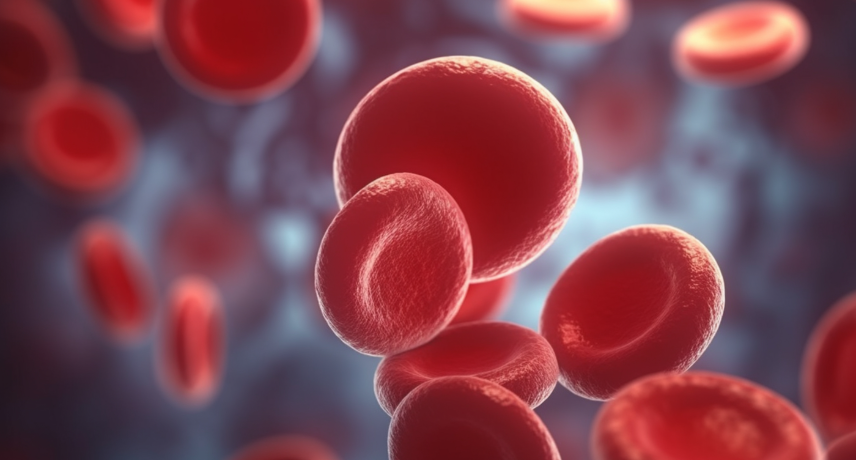Thalassemia disease is a type of genetic blood disorder that leads to abnormal hemoglobin production. This causes a reduction in red blood cell (RBC) count and oxygen-carrying capacity. Thalassemia is inherited, which means it is passed down from parents to children. This inheritance pattern results in the body's inability to make enough hemoglobin, a protein in red blood cells crucial for carrying oxygen throughout the body. When hemoglobin production is limited, the number of red blood cells (RBCs) also decreases. Here, we share some of the important insights about thalassemia.
Types of Thalassemia :
There are two main types of thalassemia:
- Alpha thalassemia - This is a condition that occurs when a gene or genes related to the alpha globin protein is missing or mutated.
- Beta thalassemia - This is a condition when one or more genes related to the beta-globin protein are missing or mutated.
These two major types can again be divided into more subtypes. Both alpha and beta thalassemia include the following forms:
- Transfusion-dependent thalassemia - This occurs when an individual inherits the thalassemia gene defect from both their parents and requires regular blood transfusion for survival.
- Non transfusion dependent thalassaemia - They inherit both the defective genes from their parents, but required much less transfusion during their lifetime.
- Thalassaemia minor - This is the condition that occurs when only one parent passes down the gene defect. People with thalassemia are carriers of the condition, but they do not develop symptoms of the disease.
Thalassemia symptoms can vary from one person to another. Here are some of the common ones:
- Anaemia: This is the most common symptom that causes weakness and fatigue.
- Jaundice: Due to the increased breakdown of RBC, some individuals also suffer from jaundice. Yellowed skin and eyes are signs of jaundice.
- Enlarged spleen and liver: The destruction of RBC at a rapid pace can also cause an enlargement in one's spleen and the liver.
- Delayed growth and development: Children who suffer from the disorder are likely to experience delayed growth due to the possibility of chronic anemia and other associated complications.
- Bone deformities: Individuals with severe thalassemia may have abnormal bone growth and other bone-related issues. This is especially common in the face and skull.
Treatment of Thalassemia :
Listed below are some of the common treatment options for thalassemia:
- Blood transfusions: Individuals suffering from the condition have to undergo regular blood transfusions. This ensures that the hemoglobin levels are maintained and symptoms from anemia can be kept under control.
- Chelation therapy: Chelation therapy can help remove excess iron from the body and prevent overload, which can lead to complications.
- Bone marrow transplant.
Looking for a good hematology department?
Visit our hematology department. Once a diagnosis is established, we offer counselling services for patients and their families. There's a dedicated inpatient ward for those suffering from blood disorders and cancer. Patients get continuous access to consultations with our team as needed. Advanced treatment options are available for immunocompromised patients and those with various hematological issues.
We offer:
- State-of-the-art system analyzer providing detailed complete hemograms with red blood cell, white blood cell, and platelet indices, ESR, and reticulocyte count.
- Automated coagulation tests with quality control.
- Bone marrow examination and specialized tests such as cytogenetics, molecular genetics, and immunophenotyping.
- Cytochemistry and coagulation screening.
- Hemoglobinopathy screening.
